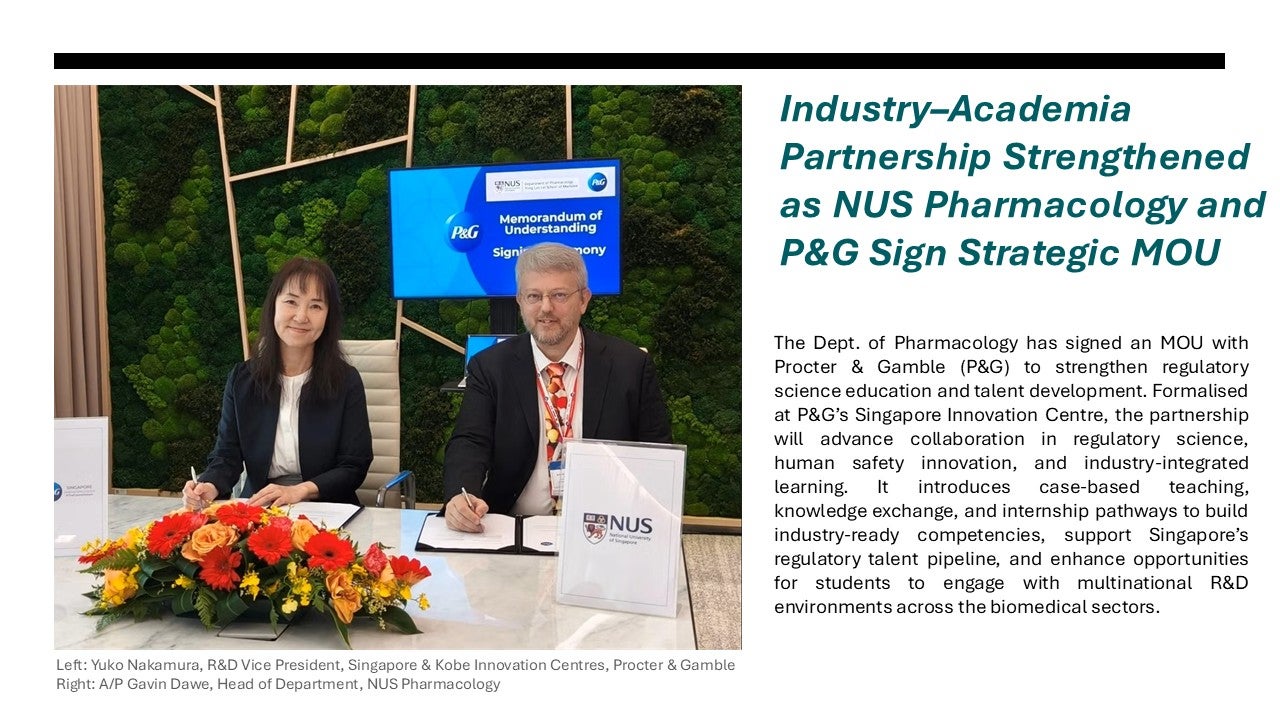Discover Our Education Modules
Explore Our Research Groups
The Department of Pharmacology is at the forefront of scientific and medical discovery where cutting-edge research drives our commitment to advancing and developing innovative therapies to improve patient care. Our research spans several key areas such as pharmacokinetics, pharmacodynamics, pharmacogenomics, systems pharmacology, disease-specific therapeutics, drug discovery and development, clinical trials and toxicology.











